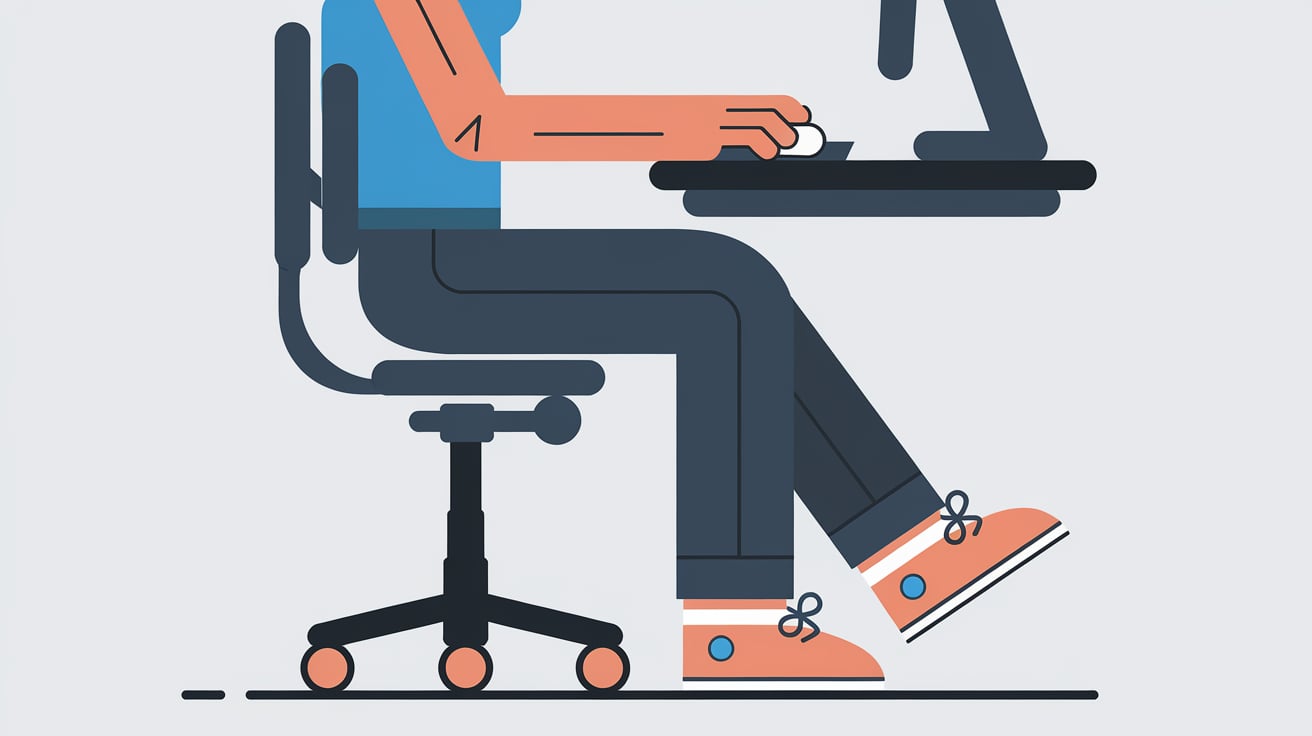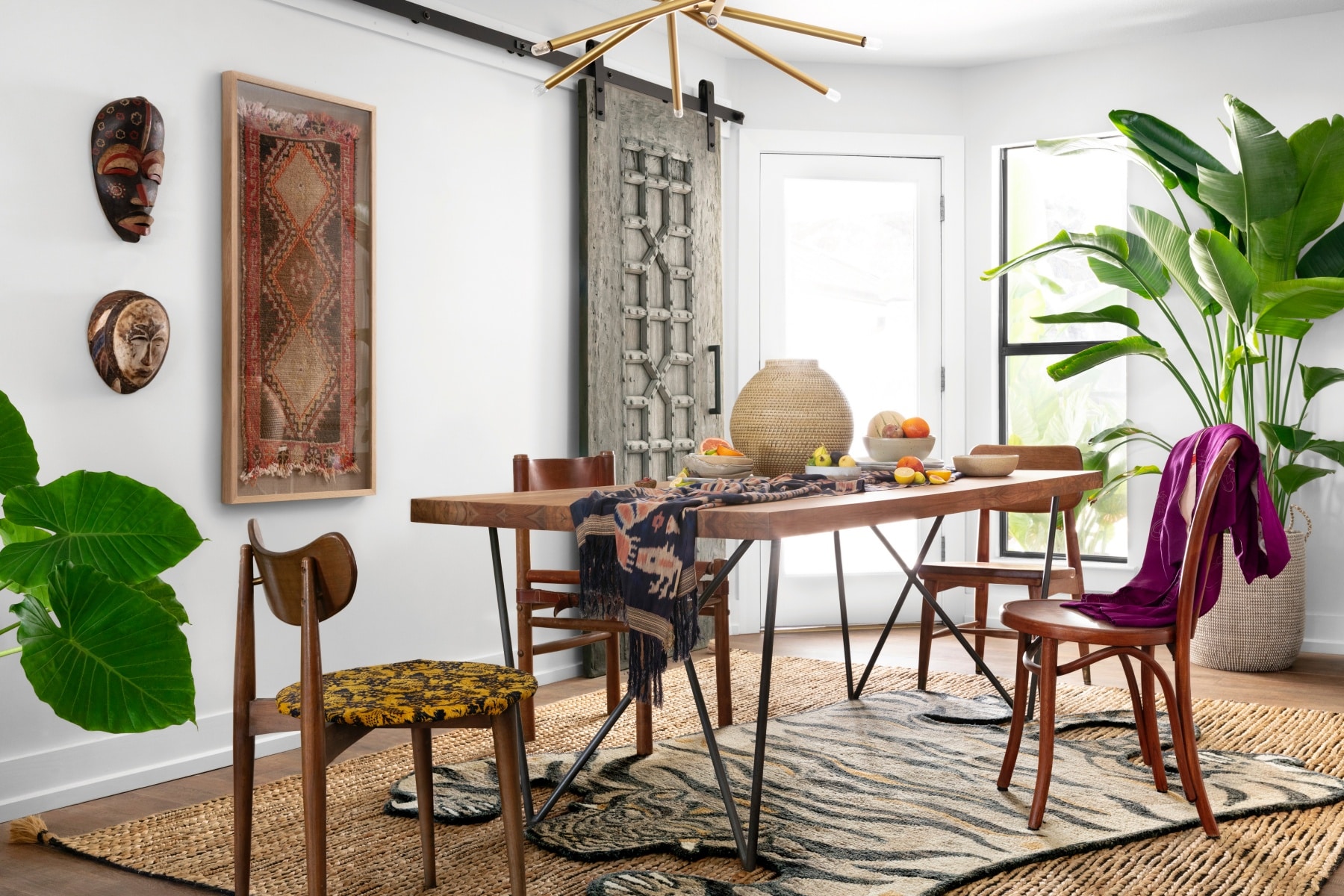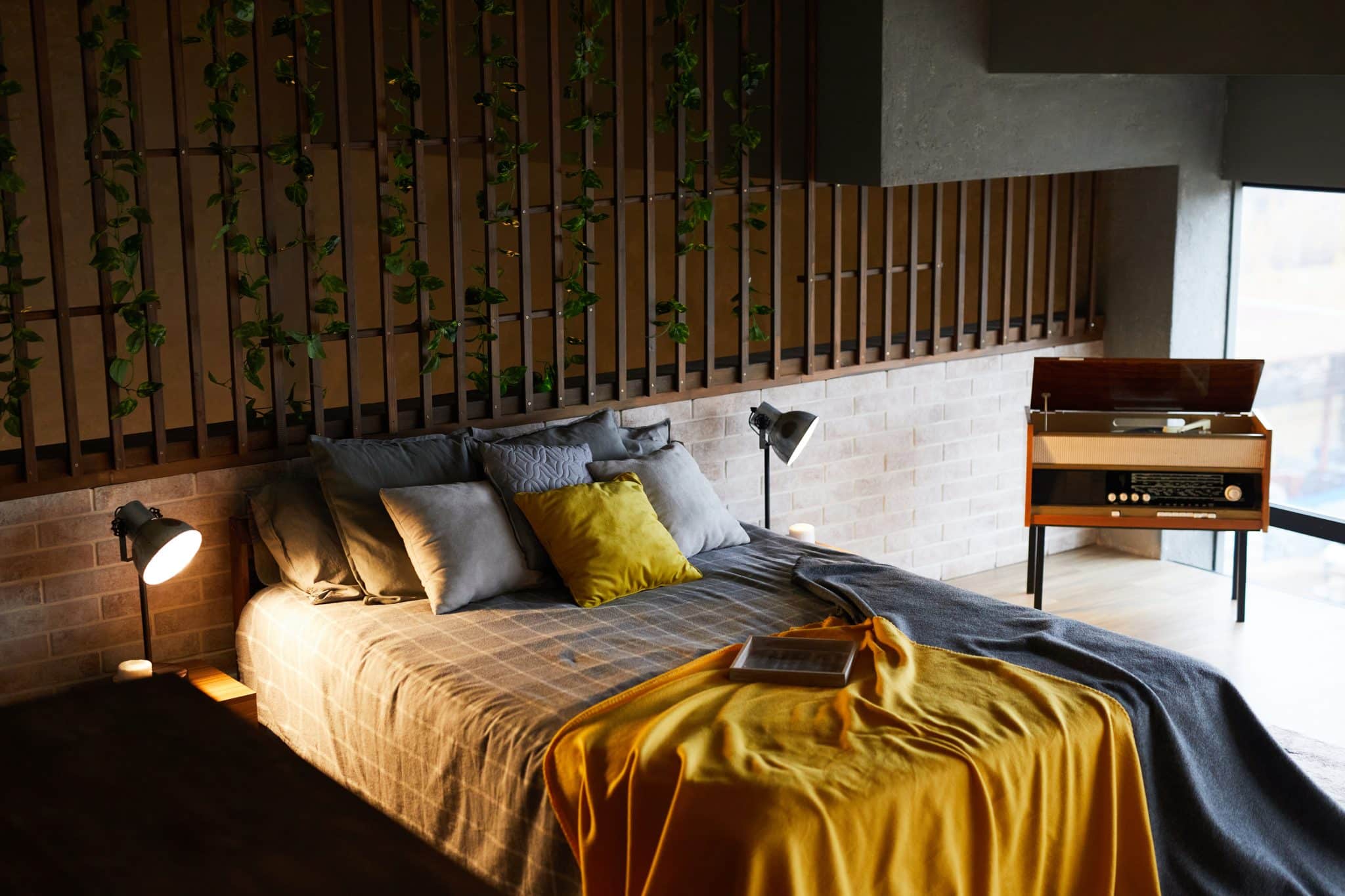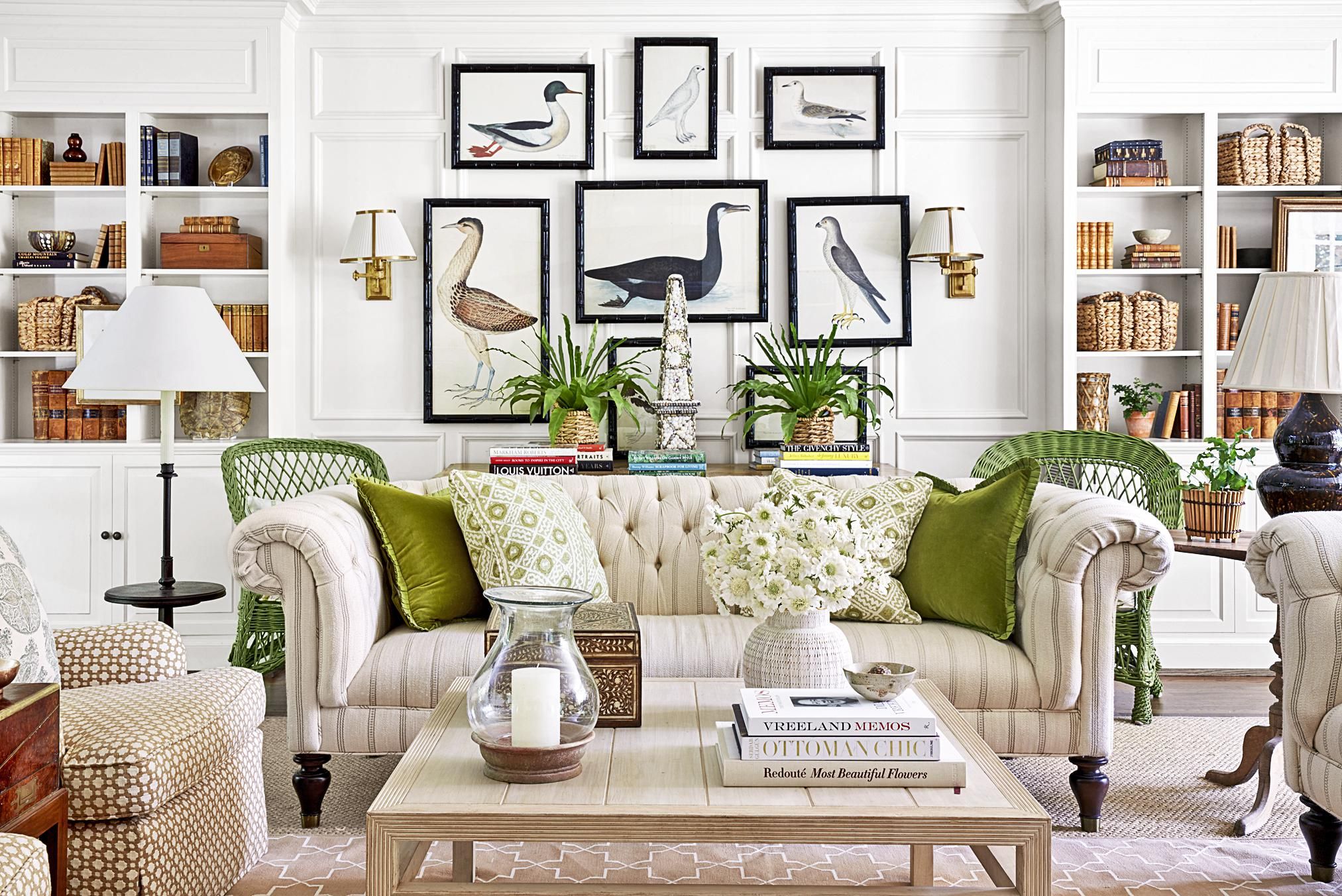What is the Standard Desk Height?
The right desk height can greatly affect how you feel and work. Many of us spend hours at our desks daily, but we might not consider how height affects our bodies and output.
A desk that’s too high or too low can cause aches and pains and reduce productivity.
But when your desk fits you just right, you can work better and feel good doing it. This guide will help you find the perfect desk height.
We’ll examine what experts say about desk heights, measure what’s best for your body, and provide tips on setting up your workspace.
Let’s get started on making your desk work for you!
What is a Typical Desk Height?
Most desks you see in offices and homes are of similar height. Let’s look at the usual heights for different types of desks.
Standard Desk Height for Various Uses
- Regular office desks: These are often between 28 and 30 inches tall. This height works well for many people, but not everyone.
- Writing desks: Some writing desks might be a bit higher, around 31 inches. This can be more comfortable for some tasks.
- Standing desks: These are taller, usually around 47 inches, but many can be adjusted to different heights.
- Adjustable desks: These are great because you can set them anywhere from 22 to 33 inches high. This means more people can find a comfortable height.
It’s important to know that while these are common heights, they might not be right for everyone. The best desk height depends on your height and body type.
Ergonomics and Desk Height
The Ideal Desk Height
The best desk height lets you work comfortably without straining your body. Here’s what to look for.
- Your elbows should be at a 90-degree angle when typing.
- Your arms should be parallel to the floor.
- Your feet should rest flat on the ground.
- Your eyes should be level with the top of your computer screen.
These points help you maintain good posture and reduce the risk of aches and pains.
Average Desk Heights for Seated Desks
Most office desks are made for people between 5’8″ and 5’10” tall, so the standard height is 29 to 30 inches.
But this one-size approach doesn’t work for everyone. You might need a different height to be comfortable if you’re shorter or taller.
Standing Desk Height Considerations
Standing desks are becoming more popular. They usually reach about 47 inches high, but the key is to find the right height for you.
Like sitting desks, your elbows should be at a 90-degree angle when typing. Your screen should be at eye level to avoid neck strain.
Remember, the goal is to feel comfortable and avoid putting extra stress on your body.
How to Determine Proper Desk Height?
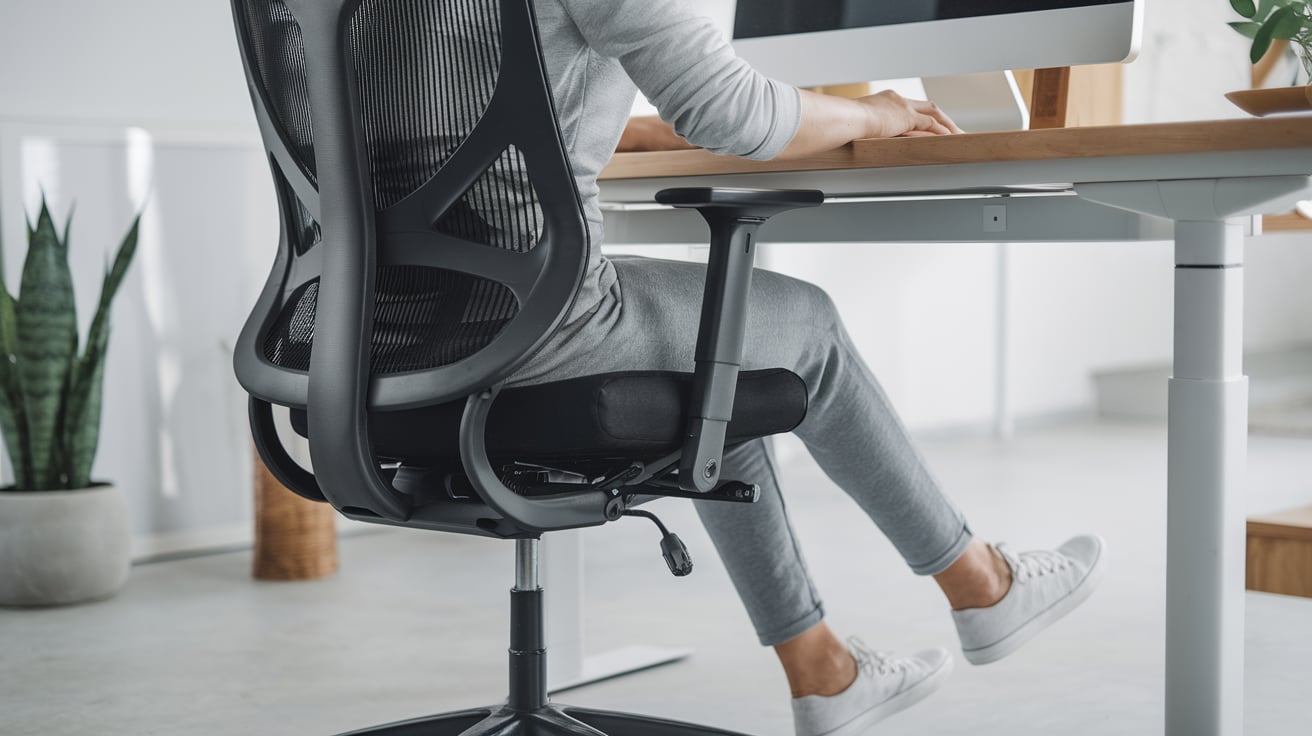
Your height plays a big role in finding your ideal desk height. But it’s not just about how tall you are overall. The length of your torso, arms, and legs all matter too.
Guidelines to Calculate Ideal Desk Height
Here are two simple methods to help you find your perfect desk height.
- The Elbow Rule: Sit at your desk and bend your elbows to 90 degrees. The desk should be at the same level as your elbows. This rule applies to both sitting and standing desks.
- Height-based Formula: Your height in inches + 1 = Your ideal desk height in centimeters. For example, if you’re 70 inches tall (5’10”), your perfect desk height would be 71 cm (about 28 inches).
Desk Height Calculator
While there’s no one-size-fits-all answer, here’s a general guide.
- If you’re under 5’8″, look for a desk around 25-27 inches high
- If you’re 5’8″ to 5’10”, the standard 29-30 inch desk should work well
- If you’re over 5’10”, you might need a desk that’s 31-32 inches high or more
Remember, these are just starting points. The best way to know is to try different heights and see what feels most comfortable.
Consider an adjustable desk set between 22 and 33 inches if possible. This way, you can find your perfect height and change it throughout the day for better comfort and health.
Special Considerations for Different Users
When it comes to desk height, not everyone fits the average mold. Let’s look at some special cases.
Desk Height for Children and Students: Adjusting for Growth
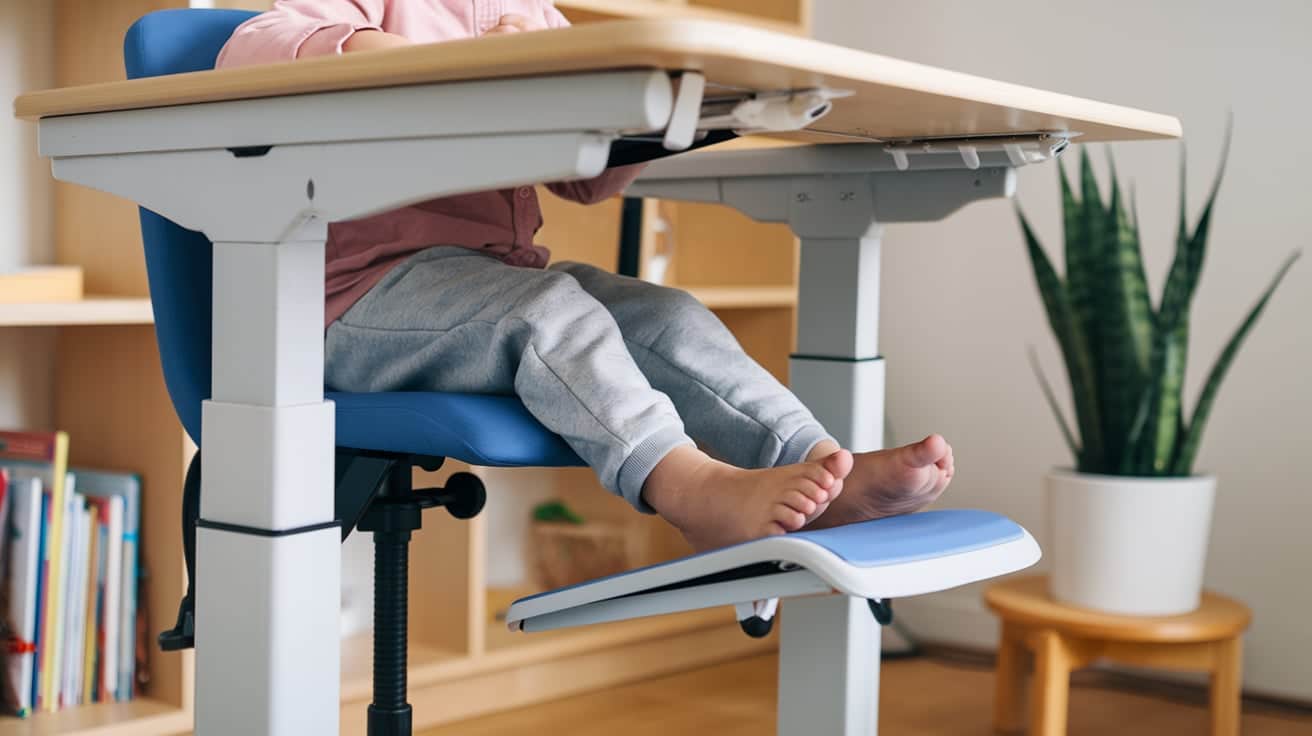
Kids grow fast, and their desk needs change just as quickly. Here are some tips.
- Use adjustable desks that can grow with the child.
- The elbow rule still applies: the desk should be at elbow height when seated.
- Check and adjust the desk height every few months
- Make sure feet can rest flat on the floor or on a footrest
- Consider desks with tilting tops for reading and writing comfort
Desks for Gamers: Desk Height During Long Gaming Sessions

Gamers often spend long hours at their desks. Here’s what they need to think about.
- The desk should allow for proper arm positioning when using a keyboard and mouse.
- Monitor height is key – the top of the screen should be at or slightly below eye level.
- Consider a desk that can switch between sitting and standing to reduce strain.
- Ensure there’s enough depth for monitors to be at arm’s length
- Look for desks with cable management to keep the space tidy and safe
Desk Height for Taller and Shorter People: Custom Solutions

Standard desks often don’t work well for very tall or short people. Here are some ideas.
For taller individuals:
- Look for desks taller than 30 inches
- Consider using desk risers to increase the height of a standard desk
- Adjustable standing desks can often go higher than standard desks
For shorter individuals:
- Seek out desks shorter than 28 inches
- Use a footrest to support the feet if they don’t reach the floor
- Adjust chair height first, then find a desk that matches
Remember, comfort is key. It’s worth taking the time to find or create a desk setup that fits your body perfectly. This can help prevent pain and make your work or play more enjoyable.
Types of Adjustable Desks
Manual Adjustable Desks
- Use a crank or lever to change the height
- Usually cheaper
- No need for electricity
- Can be slower to adjust
Electric Adjustable Desks
- Push a button to change height
- Faster and easier to adjust
- Some have memory settings for different heights
- Need to be near a power outlet
Considerations for Adjustable Desks
Cost
- Manual desks are often cheaper
- Electric desks cost more but offer more convenience
- Think about long-term value for your health and comfort
Durability
- Look for sturdy materials that can handle weight
- Check weight limits for your equipment
- Read reviews about long-term use
Features to Consider
- Height range: Make sure it fits your needs when sitting and standing
- Adjustment speed: Faster is usually more convenient
- Noise level: Important in shared spaces
- Memory settings: Useful if multiple people use the desk
- Safety features: Like collision detection on electric models
- Desktop size: Ensure it fits your workspace and equipment
Benefits of Adjustable Desks
- Can fit different people: Great for shared spaces or growing kids
- Change positions: Switch between sitting and standing throughout the day
- Better for health: Moving more can help with back pain and overall wellness
- Boost energy and focus: Changing positions can help you stay alert
- Future-proof: As your needs change, your desk can adapt
When choosing an adjustable desk, consider how you’ll use it daily. A good adjustable desk can make your work more comfortable and help you feel better overall.
It’s worth taking the time to find one that fits your needs and budget.
Summing Up
Finding the right desk height is more than just comfort—it’s about your health and how well you can work.
We’ve looked at standard desk heights, how to measure what’s best for you, and tips for different needs. Remember, there’s no one-size-fits-all answer.
Your perfect desk height depends on your body and how you work. Adjustable desks offer flexibility, letting you switch between sitting and standing.
This can help you feel better and work better. Take time to set up your desk right. Try different heights, listen to your body, and make changes as needed.
A desk that fits you well can make a big difference in how you feel and what you can do daily.

